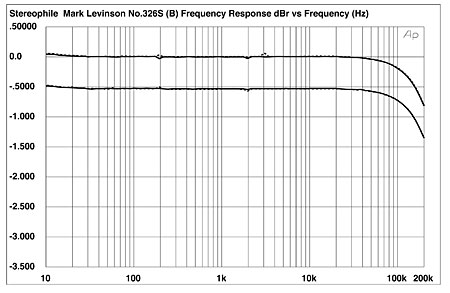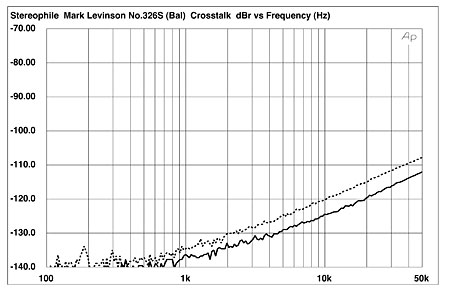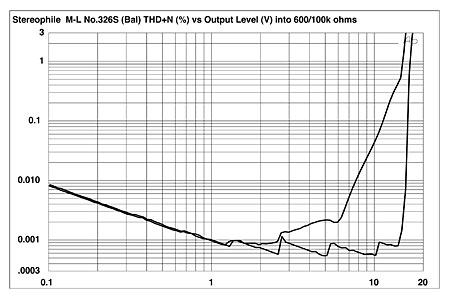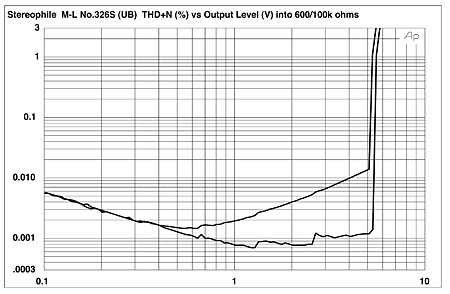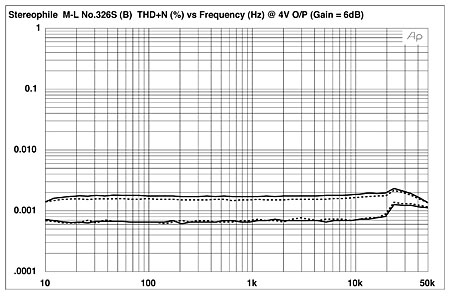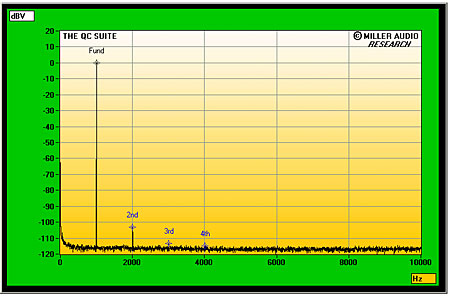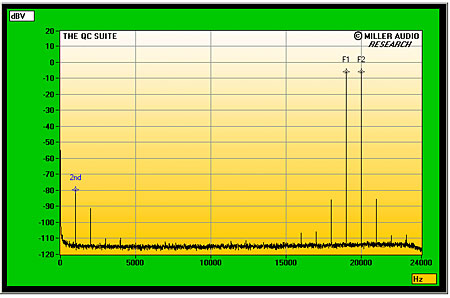| Columns Retired Columns & Blogs |
i used to drive my sweet MBL 9007(sterio mode) with wadia16i directly, before 9007... Aragon 8008BB with wadia16i. no pree.
well, my brother in law has mbl 5011, sim650D with mbl 9007 mono mode. but i really didnt enjoyed the sound of 5011, it felt different. i was looking for a pree and deep inside i was trying to find is really pree need at all.
in the mean time i was always planning to upgrade my cd player, wadia s7i left behind from my list as the transport is a cd-ROM now. then sudenly my MBL dealer put a sell on MBL1621A and i have it. also brought Bricasti M1 along with it. well a happy man but when push bit high volume i didnt get satisfied with the sound. please note the m1's resulation is so high and vivid that my long time partner wadia16i fall behind. AND MBL1621A is simply authorotive all the way, paul maritai golden concet just takeoff any time, left all behind.
then i read this review of jhon, regarding ML no.326s. i brought it as bricasti alos have same rute of m1, keep in light of better matching.
all should i say... yes you need a pree in your system, please have one of ML No.326s even if you have anyother pree, its whatever colouration is non fatig and meaning full. my next upgrde is 6010D. so see the diff between color and non-coloration.
but ml just blow me off, but now i am called a rainbow man, but i am happy with m ranbow colour. i really want to know what people say who have ML no 326s.
my ac power cords are cardas, and inter connectors are wireworld and transparent and kinberly. power conditioner pure power + 3000.
looking forward to see some comment or sujestion for my next pree, should i go for mbl6010D or not? or which one.....
